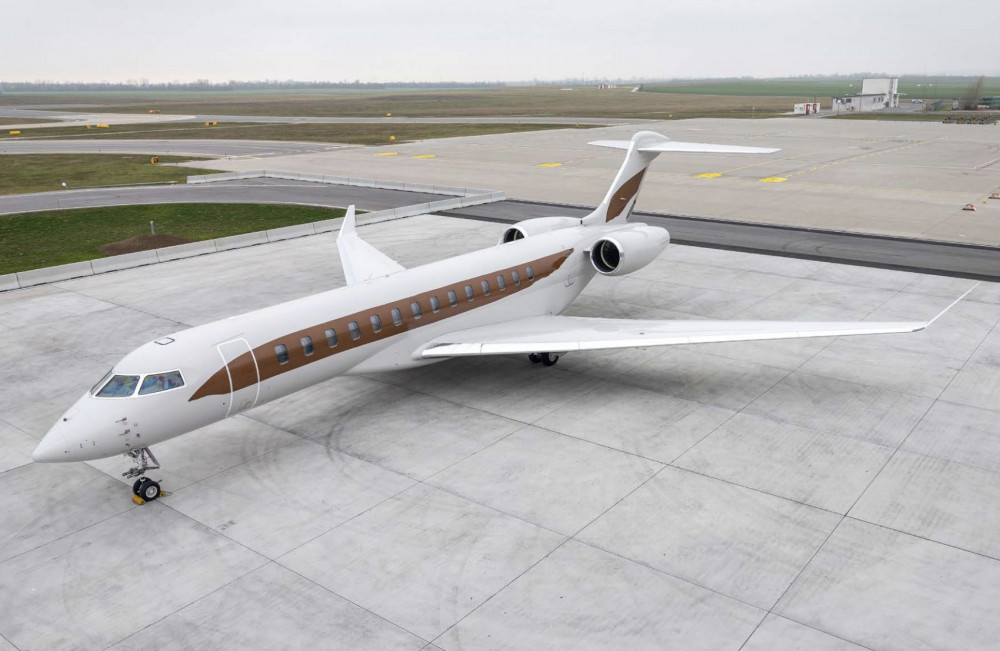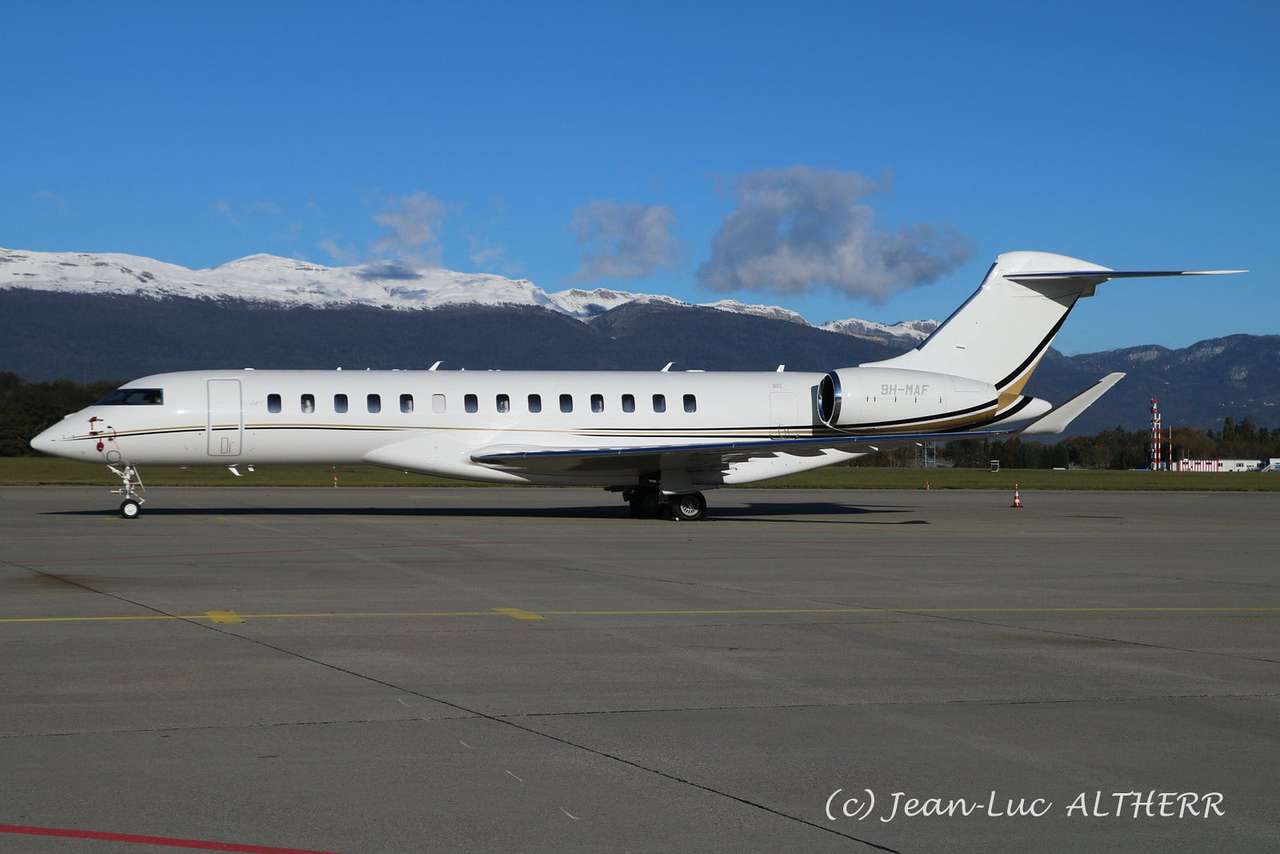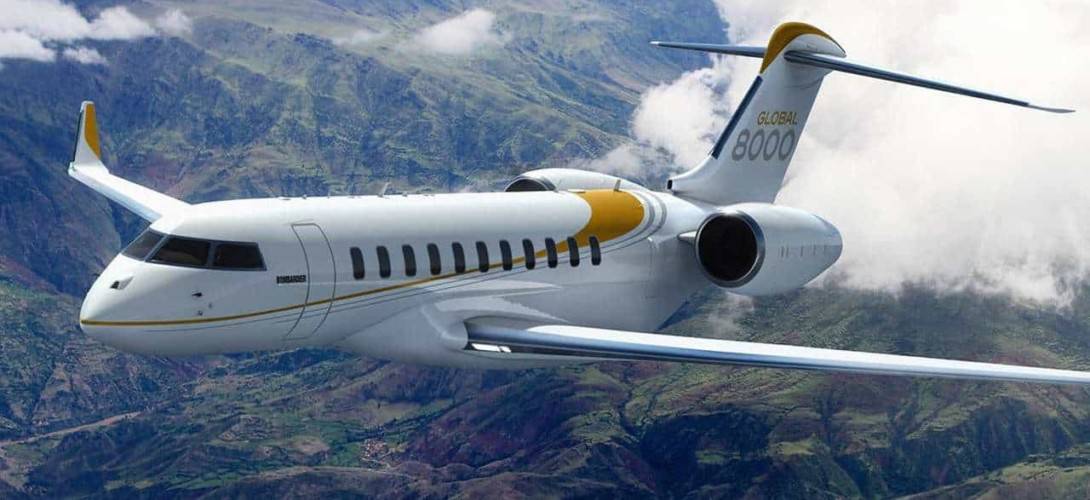

Therefore, larger aircraft have greater landing fees than smaller aircraft. This fee is usually based on the weight of the aircraft.

Secondly, when landing at an airport, aircraft are charged a landing fee. For example, crew overnight expenses, such as hotels and food, will cost far more in New York City than Wichita, Kansas. Additionally, crew fees are highly dependant on the length of stay and the location. Therefore, it is hard to given an accurate figure.Ĭrew fees are those that you need to pay the crew during an extended stay. Please note that all prices are estimates only and in USD.Ĭrew fees, landing fees, and handling fees are highly dependant on the route taken. Variable CostĮstimated hourly variable costs for the Bombardier Global 7500. See below for a table of the estimated hourly variable costs when operating the Bombardier Global 7500.īelow the table you will find an explanation of each variable. For example, the more you fly the aircraft, the more fuel it will use. These values are the cost of fuel, maintenance, engine overhaul, crew, landing & handling fees, along with other various costs.Īll these variables are proportional to the number of hours flown. There are five factors that we have built into the hourly variable cost figure. This figure is the cost per hour that the aircraft is flown. This, therefore, results in an hourly variable cost figure. Variable costs can be broken down into hourly chunks. Variable costs are those that change depending on the usage of the aircraft. Primarily the difference in cost will depend on the aircraft type, use and region of operation. Of course, there are many factors that will affect the total price of your aircraft management fee. Aircraft airworthiness reviews and tasksĪdditionally, your aircraft management team will likely provide many more small activities in order to ensure a smooth operation of the aircraft.Your aircraft management team will typically perform the following tasks:

Therefore, in the ownership cost example we assume an aircraft management company is involved. This is where the management tasks are left with your pilot in command. Of course, there is the option of so called self-management. For example, sourcing and managing pilots to making sure the aircraft is airworthy, are all tasks provided by your aircraft management company. Such as including loss of licence cover, personal accident cover and travel insurance.Īircraft management is an essential component when owning and operating a private jet.Īn aircraft management team provide all the necessary services required to fly the aircraft. This is typically chosen by owners who will be flying private jets into hazardous destinations.Ĭrew insurance allows pilots and crew members to be provided with an enhanced employee benefit package. However, owners may also wish to consider aviation hull war insurance and crew insurance.Īviation hull war insurance provides cover for loss of the aircraft due to war, hijack, confiscation, malicious damage and other similar risks. This are two essential pieces of insurance for private jets. Therefore, in the event of a total loss, insurers will pay the agreed value as opposed to the current market value. Hull insurance policies are agreed on a value basis.

This then leads to the second part of private jet insurance – hull insurance. While exact details will vary from policy to policy, cover is generally not provided for the pilot in command or the actual aircraft. Third parties in this case include passengers, cargo and baggage. This provides cover against loss, damage or injury to third parties. In simple terms, there are two types of insurance that private jets must have. What is Fractional Ownership of a Private Jet?.Everything You Need to Know About Renting a Private Jet.


 0 kommentar(er)
0 kommentar(er)
